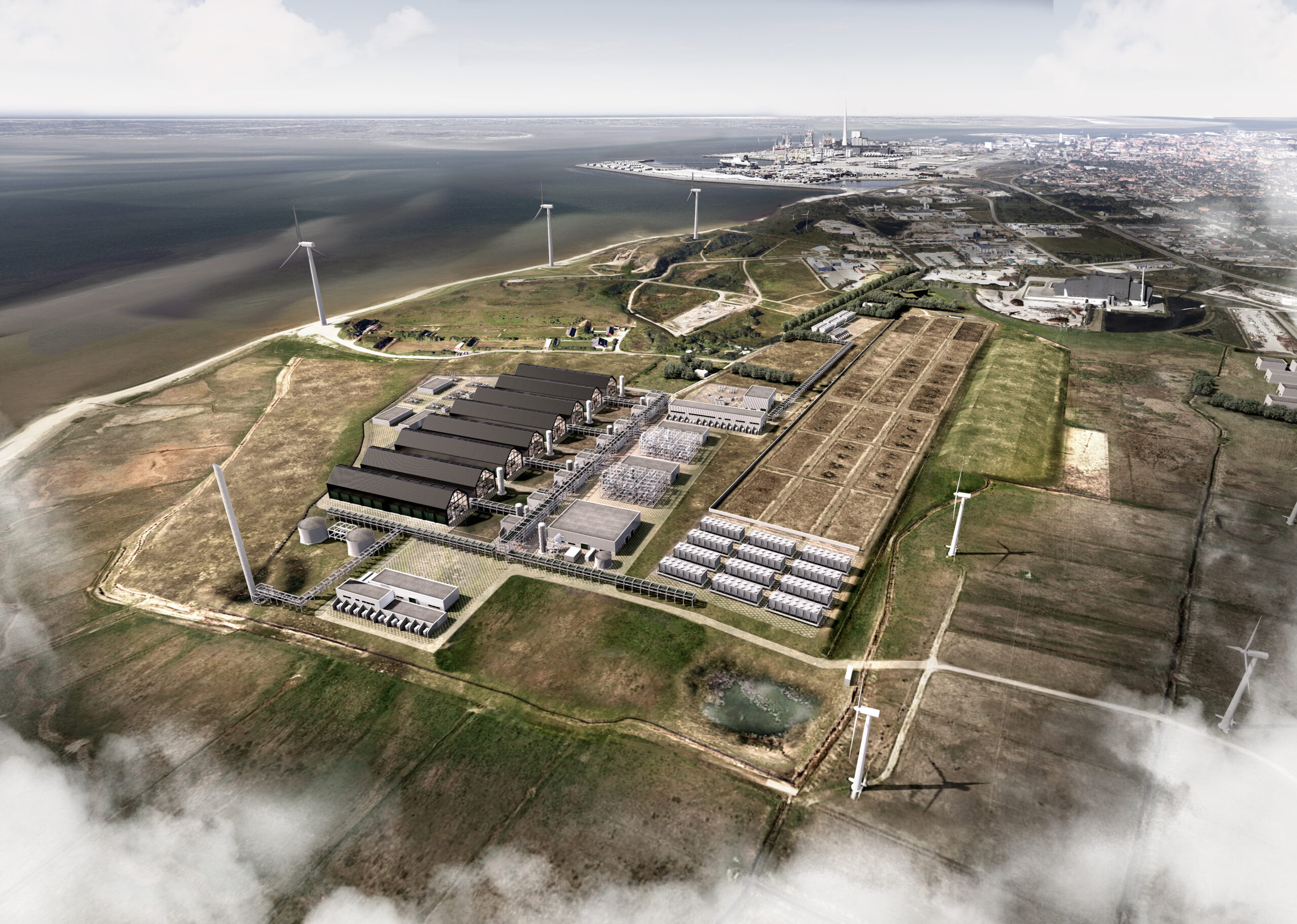Heroes in the field
CIP Pioneers Renewable Hydrogen Supply Between Denmark and Germany
Project HØST PtX Esbjerg, a flagship Danish Power-to-X initiative, is on track to become one of Europe’s first large-scale renewable hydrogen projects with a direct supply route to Germany.

Backed by a €13 million grant agreement signed with the EU’s Climate, Infrastructure and Environment Executive Agency (CINEA), the project is now advancing into Front End Engineering Design (FEED) studies. This milestone reinforces HØST’s role in delivering on Europe’s renewable hydrogen ambitions – just as Denmark prepares to connect key Power-to-X developers to its national hydrogen backbone. With the Danish grid expected to reach 90% renewable penetration by 2027, HØST is uniquely positioned to supply renewable hydrogen using local renewable electricity.
Europe’s First Cross-Border Hydrogen Corridor
The project, part of the Copenhagen Infrastructure Partner’s (CIP) Energy Transition Fund I, aims to deploy the large-scale industrial use of electrolysis technology on gigawatt level to produce renewable fuels. HØST will produce approximately 120,000 tonnes of renewable hydrogen per year in full compliance with the EU production rules for renewable fuels of non-biological origin (RFNBO). These volumes will be used in the chemical, steel, and refinery industries, predominantly located on the German market. The connection to the future Danish and German hydrogen backbones means that HØST will deliver cost-competitive renewable hydrogen to the German offtakers.
HØST Is Ahead: First-Mover Milestones
Since beginning development in 2021, HØST has achieved multiple key milestones, giving it a significant competitive edge compared to most European projects of a similar scale. These milestones include securing 26 hectares of land for a 1GW electrolyser plant, completing pre-FEED for the electrolyser, obtaining final Environmental Impact Assessment permits, signing a 1.2 GW grid connection agreement, and securing access to wastewater and heat offtake for emission-free district heating.
Rapid Progress Towards a Final Investment Decision: Securing the Lead with EU Backing and a Clear Path to 2030 Delivery
The signing of the EU Connecting Europe Facility (CEF) grant agreement is a strong endorsement of HØST’s maturity and strategic importance. The CEF grant will contribute to the HØST development budget, specifically supporting FEED and other technical studies up until the project’s Final Investment Decision (FID), anticipated at the end of 2026. Combined with the upcoming Danish-German hydrogen infrastructure and a favourable regulatory outlook, HØST is well-positioned to play a pivotal role in delivering Europe’s renewable hydrogen ambition. The final piece of the puzzle remains the implementation of the Renewable Energy Directive (RED III) by Member States. Although Member States were supposed to transpose legal targets for RFNBOs into national law by May 21, 2025, most have yet to do so to date. This step will be critical to unlocking demand and ensuring the future uptake of renewable hydrogen across Europe – and it will be essential to ensure this transposition is both in line with the objectives set by the EU and clearly incentivises RFNBOs. As one of the few projects with both the scale and infrastructure alignment to deliver renewable hydrogen across borders by 2030, HØST is not just a milestone for Denmark, it’s a blueprint for Europe’s renewable hydrogen future.


